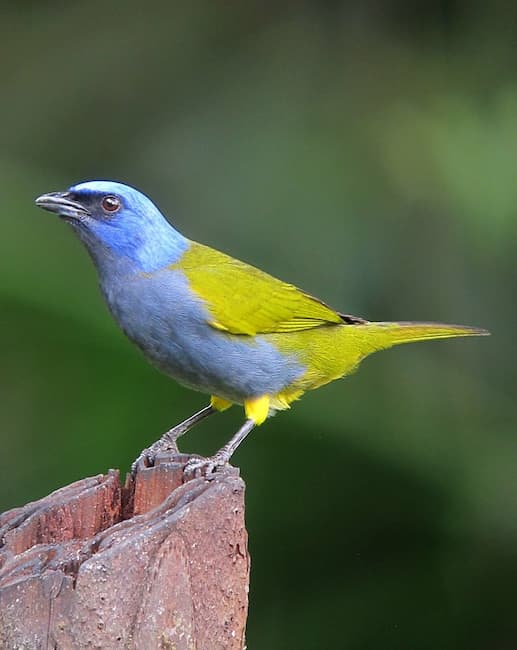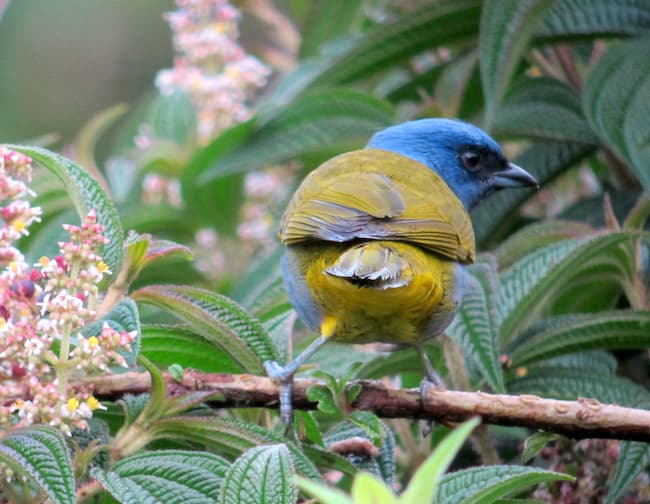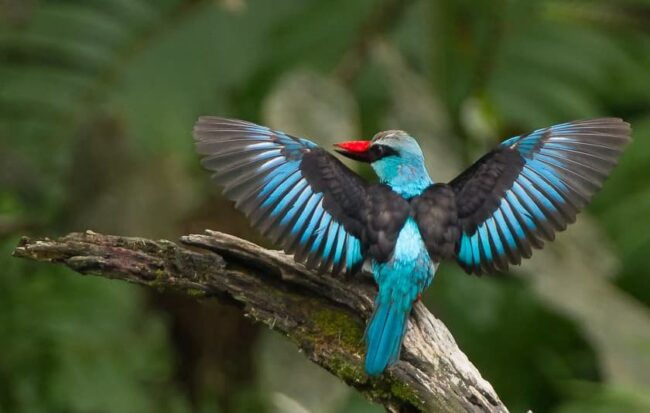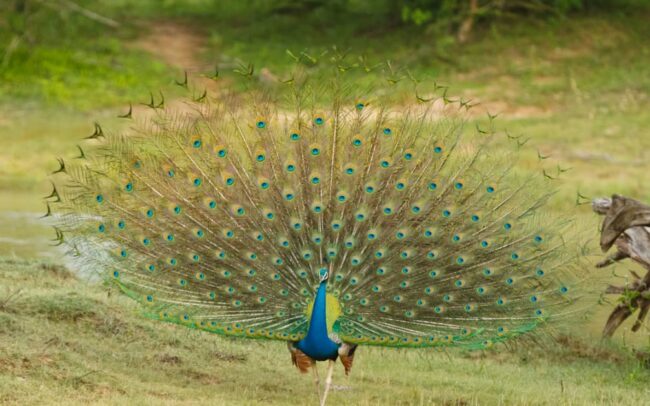The blue-capped tanager (Sporathraupis cyanocephala) is a stunning bird found in Bolivia, Ecuador, Peru, Venezuela, and Trinidad and Tobago. It is a large tanager, measuring about 18 cm in length.
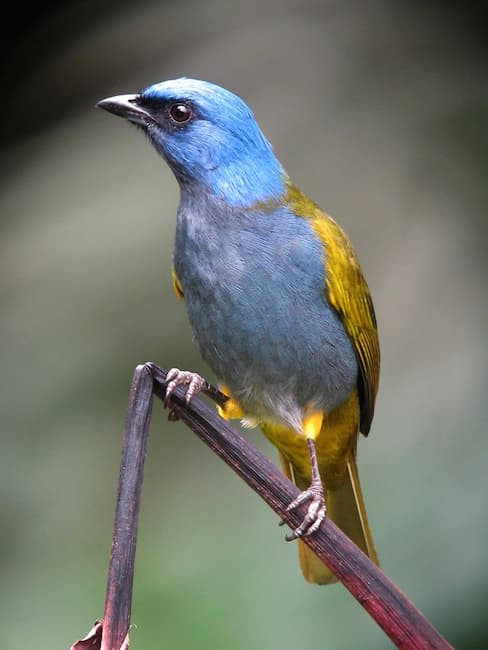
The male is characterized by its blue crown and nape, olive-yellow upperparts and tail, dusky mask through the eye, and gray throat and underparts. The female is similar in appearance, but the blue on the head is less pronounced.
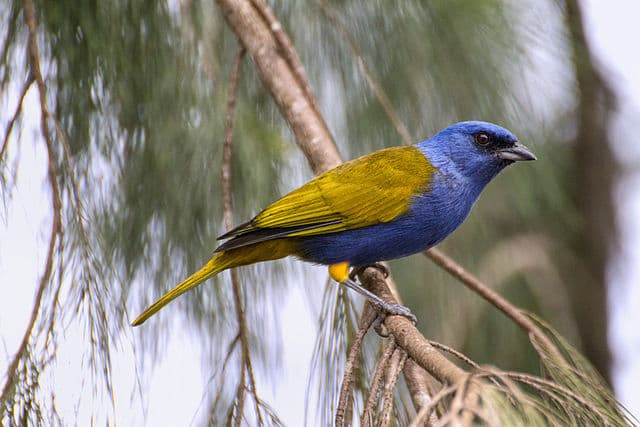
Blue-capped tanagers are found in humid to wet cloud forests, as well as scrub, broken-canopy and secondary forests on the eastern slopes of the northern Andes. They feed mainly on fruit, but have also been known to catch
